Four meters wide and 15 meters long. These are the dimensions of a private garden in Palmira, Valle del Cauca. There, in the middle of the vegetation, was a 2.67-meter-long caiman with a long tail, long jaws and sharp teeth. "Any Palmirano worth his salt knows about the existence of the 'Ñata'," says Jesús Leonardo Escobar, who says the animal has lived in his house for 54 years. During COP16, the authorities came and took it away.
Conforme a los criterios de

It became part of our family, we never thought of getting rid of it," Escobar tells EL TIEMPO about "Ñata," as the caiman is known. "We always wanted to keep her, give her care, food and lots of love.
The man, who is a gunsmith, says he has watched the reptile grow since he was 14 years old. He does not understand why it was taken from him during the world's most important biodiversity summit, in an operation by the Attorney General's Office, the police and the Corporación Autónoma Regional del Valle del Cauca (CVC).
The arrival of the alligator at the Escobar house
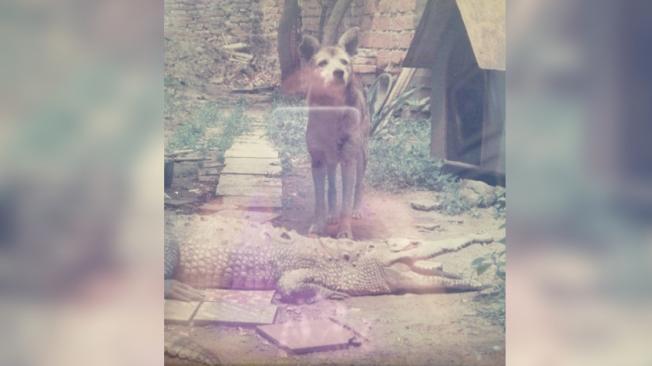
"Ñata" with a dog in the home of the Escobar family in Palmira.
Foto:Cortesía de la familia Escobar para EL TIEMPO
Ñata' arrived at the Palmira house, according to his version, in 1970. Escobar's father was known in the region for his fishing and hunting skills; he even founded a club in the community dedicated to these activities. The man had connections with the most important authorities; he was a friend of the police commander at the time.
"The police confiscated the crocodile because it was in a cardboard box in a car. At that time there was no animal welfare organization, no such institution. According to the police, they reported the animal to the CVC, but they never went to pick it up to return it to its natural habitat," he explains. "He (the commander) thought it best to leave it in my father's hands.
It was about 25 centimeters long. Because the reptile was so small, the policeman made a special request of Escobar's father: "Don't let it die." It then grew to 2.67 meters, about the size of a professional football field, on the meat and chicken the family provided.
Escobar "carried him like a cat" but could not hold him because he was over 6 feet tall. As a result, he had to be petted and cuddled on the ground, walked around the yard, and bathed in a makeshift water bowl.
"Sometimes my carelessness would leave the patio door open and when I least expected it, I would find her in the living room. I had to wait patiently for her to go where she wanted to go," she says. However, he believes that his "Ñata" considered them - his wife, the American bulldogs and him - "part of the pack" since they shared the house for so many years: "She was not aggressive with us.

Jesús Escobar with his wife and American bully dogs.
Foto:Juan Pablo Rueda. EL TIEMPO
It wasn't just the family's attention that it monopolized. Neighbors would go to Mr. Jesús' house to see the reptile: "A boy came over with a chicken. Don Chucho, can I see the Ñata?" he would ask. He was a child, now he is a married man with children. That's how people like him used to come.
Rescued and confiscated
A sheet dated September 4, 2008 is still among the documents that the Palmiran keeps about his unconditional animal. It is a report of possession of native wild animals in captivity, issued by the CVC. In this report they registered Escobar's data and the characteristics of the species. That year, the man allegedly requested that "Ñata" be examined to check its health. "I don't go near that animal," an official replied, as he recalls.

CVC's 2008 Tenure Report.
Foto:Juan Pablo Rueda. EL TIEMPO
CVC personnel knocked on the door of the house on October 21, 2024, but now accompanied by the Public Prosecutor's Office and the police. Deployed in a large operation, they held the alligator with some nets: they tied it to a board, held its jaw and even covered its eyes to transport it in a truck.
"After 54 years, did they realize that this animal was here?" asks Escobar, who denies that the reptile left just as COP16 began in Cali, some 50 kilometers from his home.
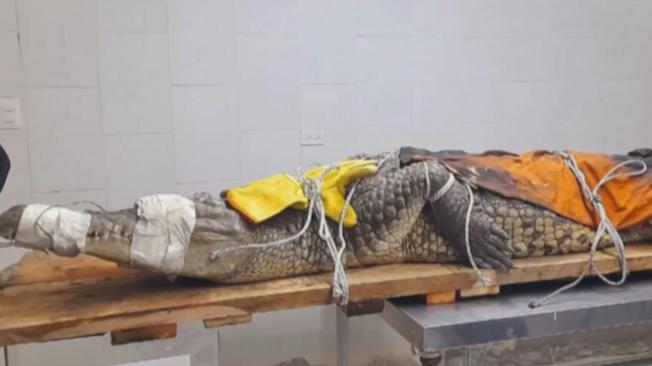
"Ñata" was rescued by the Regional Autonomous Corporation of Valle del Cauca, CVC.
Foto:Corporación Autónoma Regional del Valle del Cauca, CVC
The company insists that it rescued "Ñata" because of the conditions in which it was living, at the request of the Attorney General's Office in Bogotá, which had received complaints of animal cruelty. A judge issued an order to enter the home and remove the caiman.
"He says he has had the reptile since 1970, and an inventory was made in 2008. During those years, we did not know that the animal was still there," said Marco Antonio Suárez, director of the organization, in an interview with EL TIEMPO.
What happened to the 2008 census? For biologist Gustavo Alberto Trujillo, it was "just an inventory," the first step in a process that Escobar did not complete: "The people who had animals in the Valle del Cauca declared whether they wanted to continue taking care of them. But this would be a process in which a visit would be made, the conditions would be checked, and a management plan and an administrative act would be drawn up to transfer custody".
According to the specialists, the caiman is half the weight of its age and species, has a mass in its jaw, difficulty moving one of its legs, dehydration, malnutrition, anemia and kidney failure. "His diet should be based on fish consumption; giving him a beef diet will not meet his needs," emphasizes Edna Jiménez, a veterinarian.
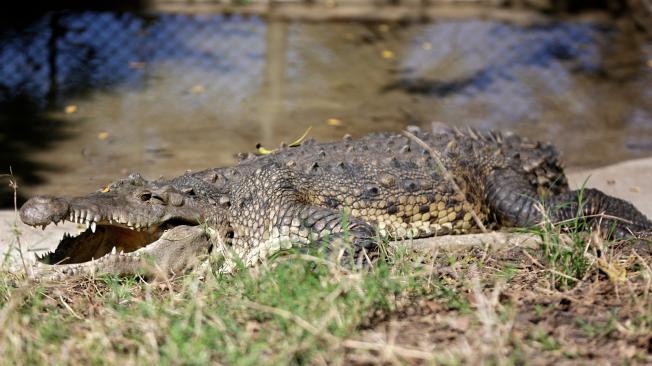
Ñata' is at the CVC's San Emigdio Wildlife Care and Evaluation Center. She will be transferred to the Eastern Plains.
Foto:Juan Pablo Rueda. EL TIEMPO
He is a Magdalena caiman, also known as the needle caiman (Crocodylus acutus), which inhabits coastal waters, islands and rivers. This species, of which there are 5,000 individuals worldwide, is listed as "vulnerable" on the IUCN Red List of Threatened Species.
54 years in a house? The CVC doubts Escobar's version of events and has begun studies to verify the animal's age. "An expert has already told us that because of its size, you would think it was 12 or 15 years old. The expert believes that if it were 54 years old, we would be talking about an individual seven meters long and weighing over 100 kilos," says veterinarian Jiménez.
"I've never noticed anything wrong with him," adds Escobar, who says he feels pain and helplessness over the caiman's departure: "He's 100 percent dependent on my wife and me."
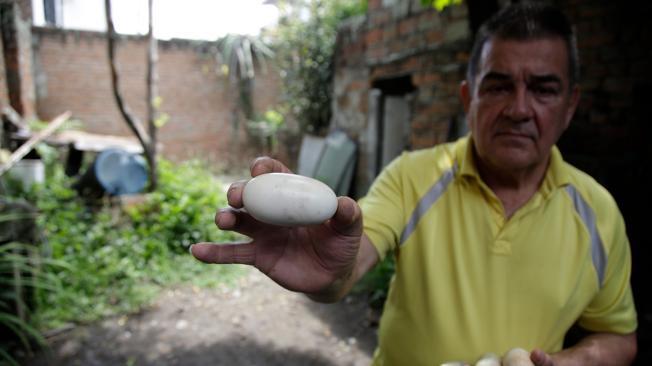
Jesús Leonardo Escobar shows the eggs that "Ñata" laid in the patio of his house.
Foto:Juan Pablo Rueda. EL TIEMPO
"How can they say they humanized an alligator? It's not true, what they did was harm it. Wild animals are not pets. If you know of a case like this, you have to report it to the authorities," said Suarez, the CVC director.
While the palmirano cries out for the animal's welfare to be guaranteed, the Corporation will keep it in recovery. It wants to send it to the Eastern Plains to continue its life in a specialized center, confirming that it could not be released in its habitat, considering that it has never been with other caimans or interacted with other species. Ñata" will undergo an analysis to determine its origin, although for "Chucho" it was already part of his family.
Penalties for wildlife possession in Colombia
The man from Palmira will have to face proceedings with the Public Prosecutor's Office and the CVC, which could lead to economic and criminal sanctions. According to Colombia's Penal Code, anyone who traffics, acquires, exports or trades in wildlife without authorization from the authorities can be sentenced to between five and eleven and a half years in prison and a fine of up to 40,000 legal minimum wages.
SEBASTIÁN GARCÍA C. and JUAN PABLO RUEDA
Special Envoys of EL TIEMPO to COP16
Editor's note: This text is an artificially intelligent English translation of the original Spanish version, which can be found here. Any comment, please write to berdav@eltiempo.com

.png) hace 3 meses
70
hace 3 meses
70


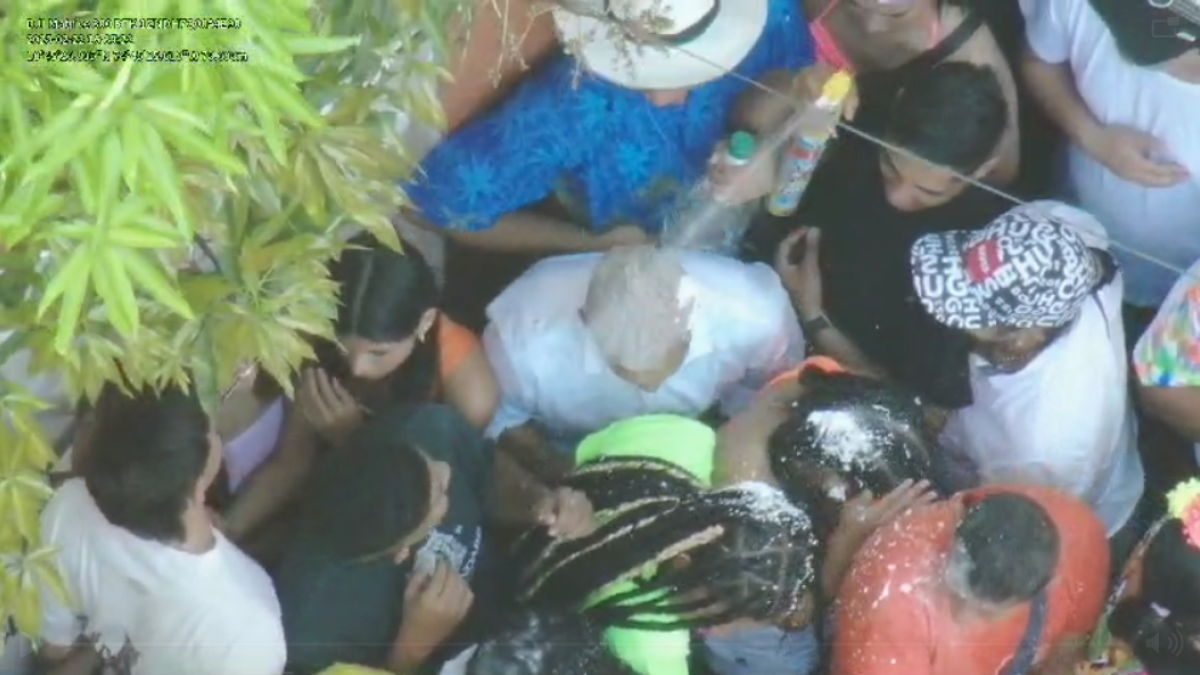

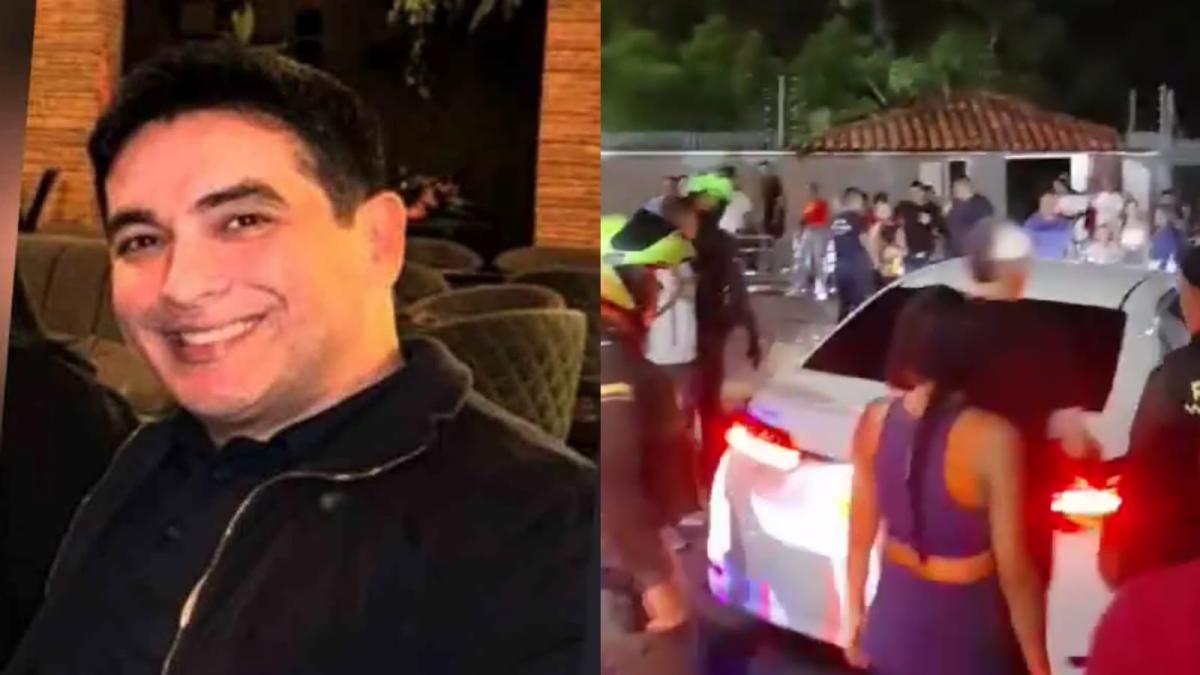

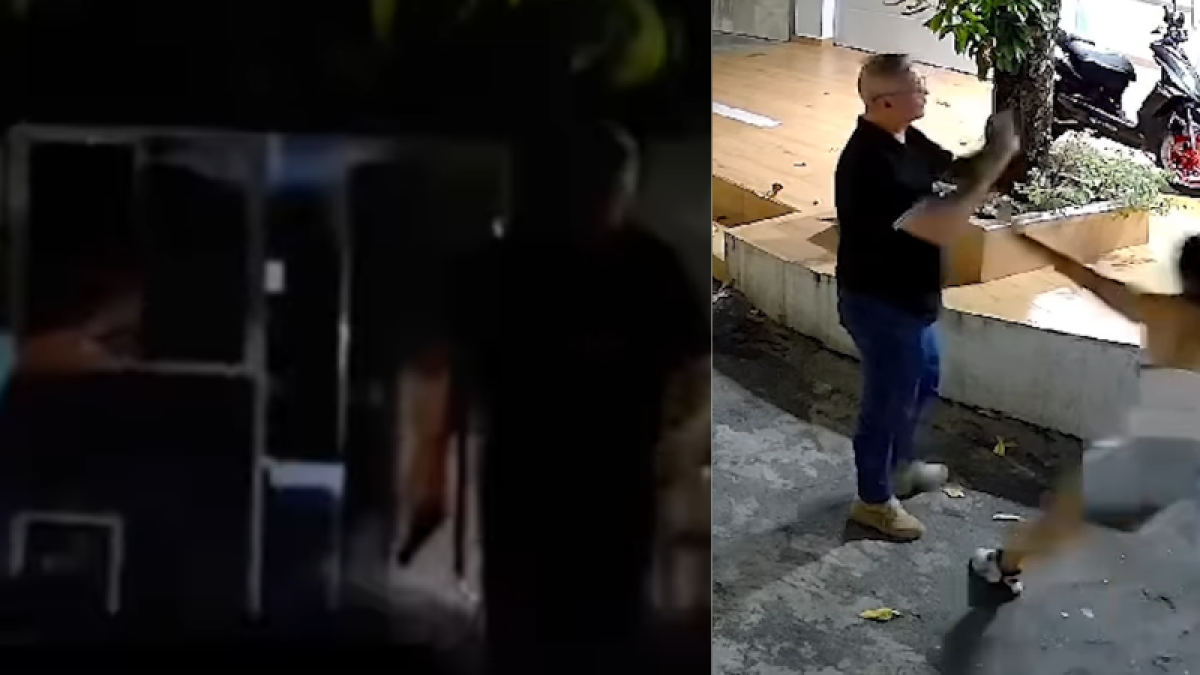

 English (US) ·
English (US) · 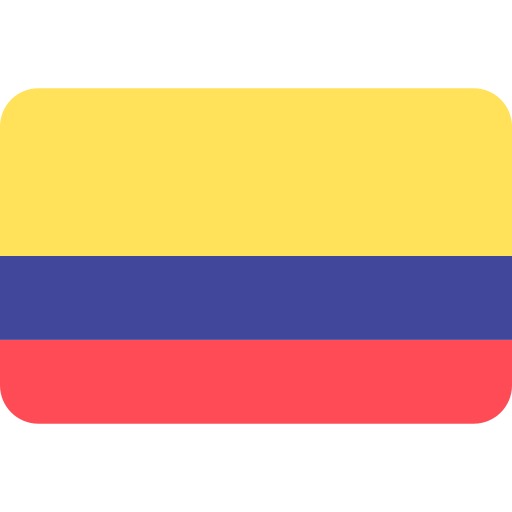 Spanish (CO) ·
Spanish (CO) ·